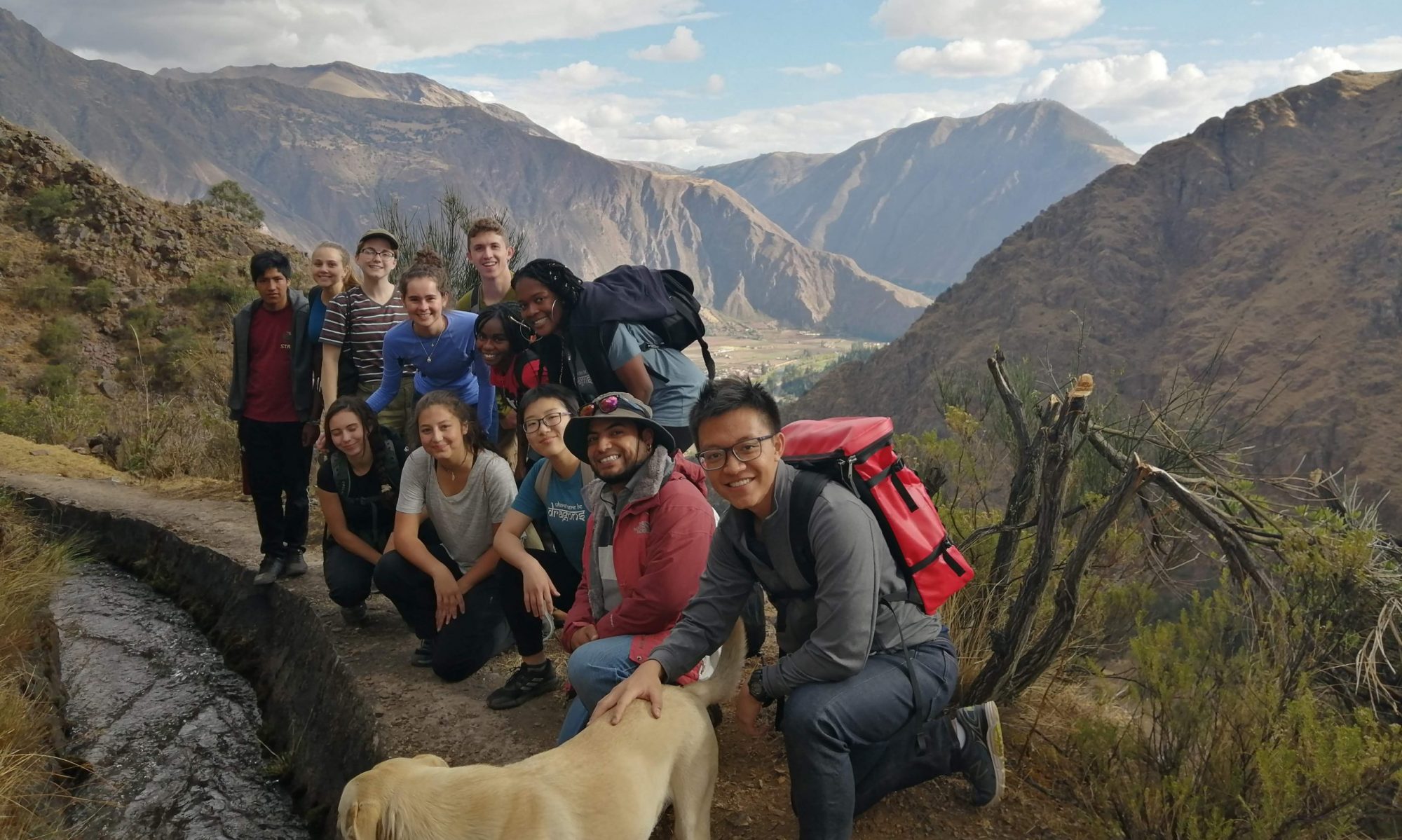by Gabriel, Tufts 1+4 Participant
I make the trip to R3 Animal Monday-Friday with the goal of helping the struggling animals that have wound up there. Yet still, with these caring thoughts in mind, I get pecked on the head repeatedly by toucans, attacked mercilessly by many a parrot and have to play chicken with angry marmosets (squirrel-sized monkeys) on a daily basis. I forgot to mention the marmoset and the agouti that take pleasure in purposely peeing on me after I pet them. There is also the parakeets that I let ride around on my shoulder…until they attack my ears like the mango they just finished eating and then proceed to poop on me from their new perch. Then there are the Capuchin monkeys. Oh the Capuchins. Insane does not even begin to describe them as they scream and frantically try to grab my hands, meanwhile shredding my rubber gloves every day while I simply try to remove their food dish.
Well I may have gotten a little carried away there and forgotten to mention their not so evil counterparts. I will grudgingly admit that not EVERY parrot is evil, just the vast majority. Some of them are ready to say “oi” or spin in circles in memory of their owners. The agouti and marmoset who seek to pee on me also happen to be very lovable and some of my favorite animals at the rehabilitation center. The baby howler monkey and oncilla (little spotted wild cat) are always ready to cuddle and the anteater is all too happy to rest in my arms with its bottle. The baby tayra (weasel family) is a little different and chooses to attack strangers but remain loyal to his caretakers, which I give him credit for. Some of the younger Capuchins happen to be quite adorable and very curious, always seeking to grab a human finger with their little hands.
As I hope you can begin to realize these animals each have a unique personality and response to the help they are being offered. They vary from hostile to almost grateful, and everywhere in between. Their response is strikingly similar to that of humans in their time of need. People are always going to react differently when kindness is presented to them. Whether you be human or animal there are people out there that are willing to help and expect nothing in return.
Besides these everyday adventures I had a very unusual opportunity one day. I was able help remove a humpback whale from the ocean and perform an autopsy on it. The Environmental Police failed to tow the 8 meter whale from the ocean with a four wheeler, truck and a backhoe. Finally they slowly removed it by pulling it little by little with the rear bucket of the backhoe while the stabilizer legs were down. After the whale was high on the beach, we put up caution tape to keep the crowds at bay and got to work. The whale was identified as a female humpback, a little over a year old, on its way from the ocean near northern Brazil, to spend the summer near Antarctica. After removing large tracts of blubber we discovered large hematomas (blood in the tissue similar to a bruise) which were the cause of death. The marine veterinarians on site believed that this was most likely the result of a collision with a boat. Did you know that whales have lice? Neither did I, but this one had lots. The whale also had a small piece of fishing net stuck near its mouth as well as about ten large, parallel scars, probably from a boat propeller. We discovered a type of small shrimp in the whale’s stomach that are not supposed to exist in this region of the ocean as well.
Obviously humans had not been friends to this whale, but a male Capuchin monkey at R3 Animal had been a victim of more purposeful crimes. I was shocked when I heard his story. He came to R3 Animal with stomach cancer and can never be released into the wild because of that. He developed this cancer because he had been illegally held in captivity and given alcohol and cigars for entertainment.
On the bright side a troop of Capuchin monkeys at R3 Animal is getting released this week. Wish them luck!

